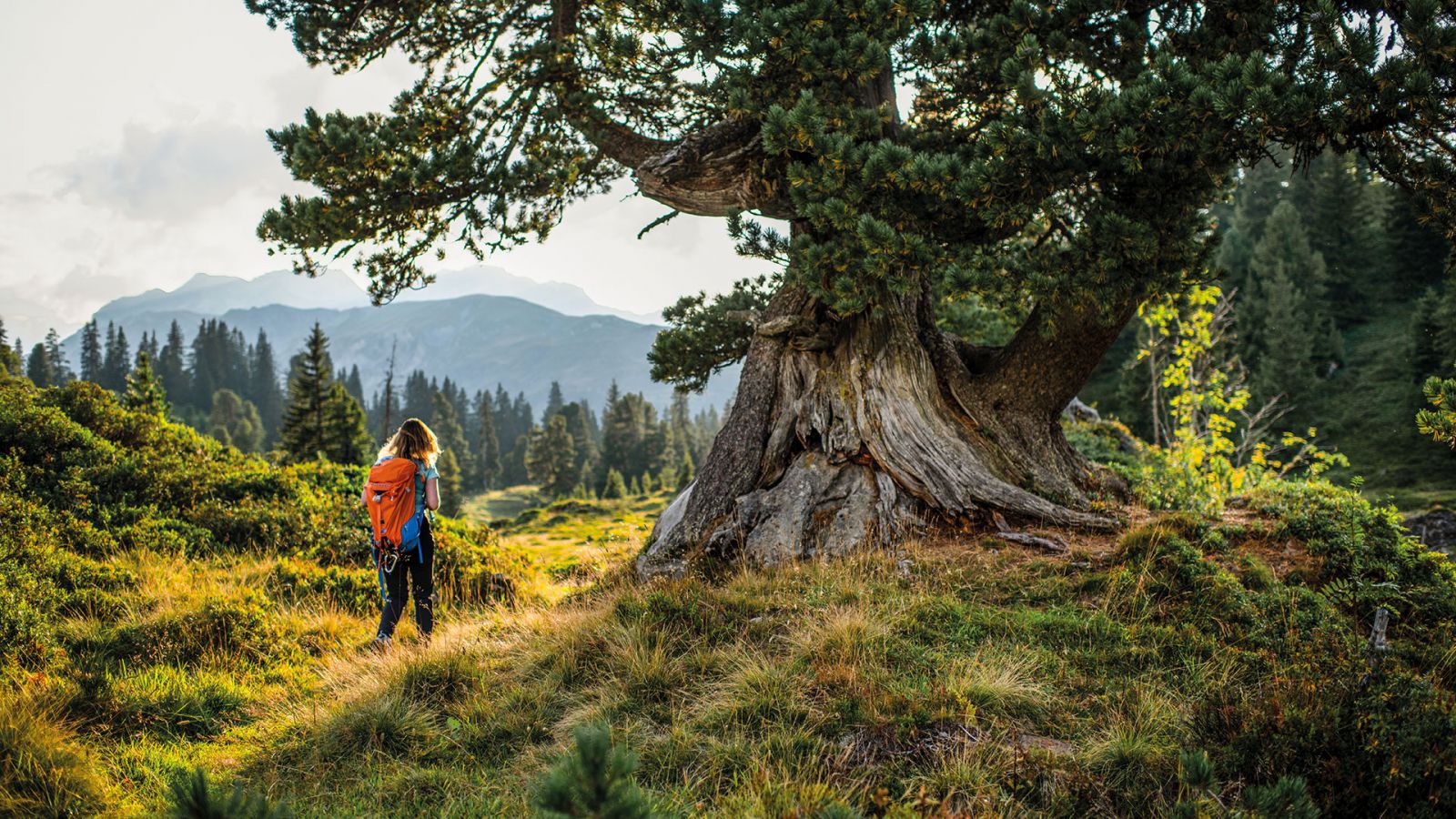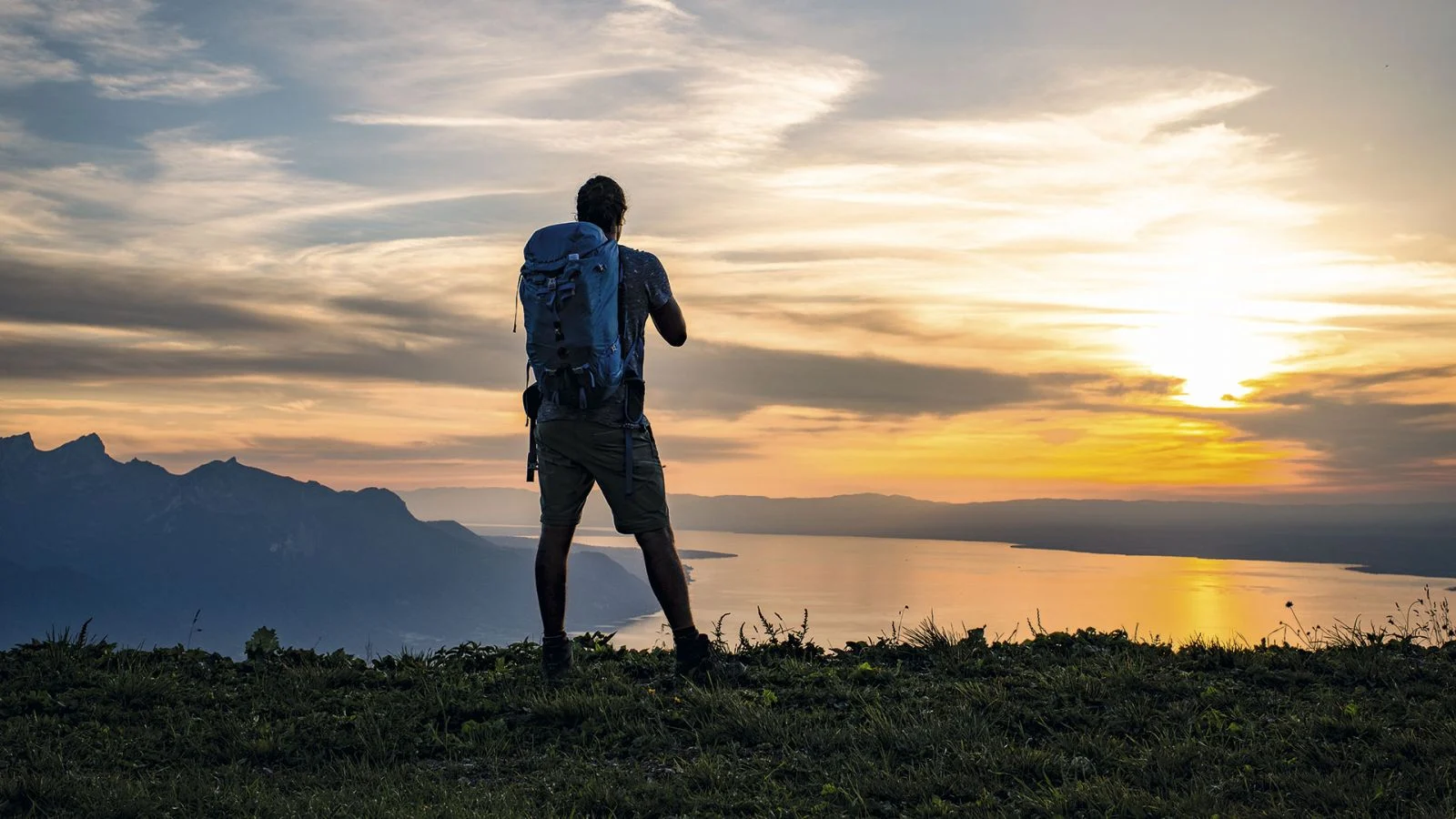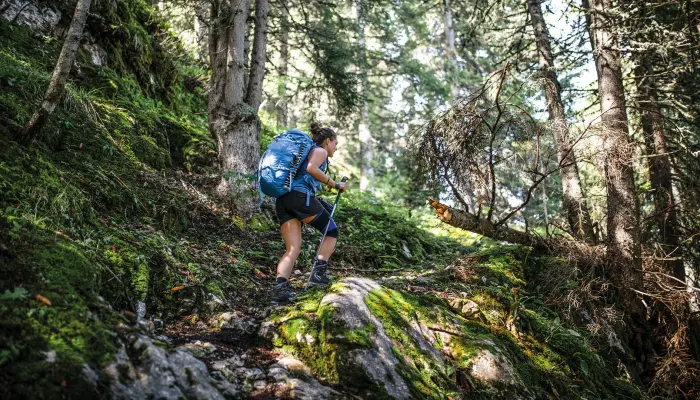You've just booked an exciting hiking trip through the Swiss Alps, and suddenly realize that it might require more effort than just a walk in the local park. But how best to prepare for such a hike? This is a common question, so we decided to gather all the best advice here.
Focus on General Physical Fitness

The most important thing is to have good general physical fitness. If you don't have it, start training as soon as possible - preferably a couple of months before the hike. Start with short walks. It's not necessary to walk many kilometers; the main thing is to accustom your legs to the load. If you prefer cycling, this is also a good option - you can start cycling to work and for shopping.
Running is a great way to stay in shape. If you're ready, it's time to get your sneakers out. If you're a beginner, start slowly and carefully to avoid injuries. Find a suitable training program and follow it.
Combine Strength and Cardio Exercises
It's important to train endurance, but it's also useful to combine cardio with strength exercises. Strength training strengthens the knees and hips, which are particularly stressed during a hike. Here are a few good strength exercises:
Squats:
Start by inhaling and tensing the abdominal muscles. Slowly lower your buttocks back - as if you are going to sit on a chair. Squat deeply, then quickly straighten up, straightening your legs and tensing your glutes. Focusing on the heels activates the gluteal muscles. Repeat 20 times. You can vary the tempo - slowly down and quickly up or vice versa.
"Wall" exercise:
Stand two steps away from a wall. Squat down so that your hips and knees are in line, and your buttocks touch the wall. Maintain the posture, as if sitting in a chair, for 30 seconds or longer.
Lunges:
Stand straight, feet hip-width apart. Take a step forward, keeping your torso vertical, and bend your front leg until your thigh is parallel to the floor. Push off with your back leg, returning to the starting position. Repeat 12-15 times on each leg.
Plank:
Squats, wall sits, and lunges work your legs and glutes well. Planks focus on the core muscles, which is important when you walk for several hours with a backpack on your back, even a small one.
Lie on the floor, resting on your elbows and toes. Tighten your abdominal, leg, and buttock muscles and lift your body, forming a straight line from heels to shoulders. Hold the position as long as possible, without relaxing.
Practice Long Walks

If you're expected to walk 5-6 hours a day during the hike, it makes sense to pack your backpack in advance. Find a suitable route and hit the road to feel what it's like to walk for that long. Many of our routes go through mountains, so you won't be able to fully recreate the conditions in Denmark, but if you find a hilly terrain, it will already be good training.
Footwear
It's very important to have quality hiking boots - sneakers and sandals are not suitable for long hikes, as they don't provide adequate support and cushioning. The choice between boots and half-boots depends on personal preferences and the route. For example, if you are walking in Scotland or Ireland where it often rains, high boots are better. If you're going to Italy or Greece where it's hot, half-boots are more comfortable. There are many brands, so it's important to try several options to find the ideal model for you. Once you've acquired hiking footwear, be sure to break them in before the hike, so they form to your foot.
